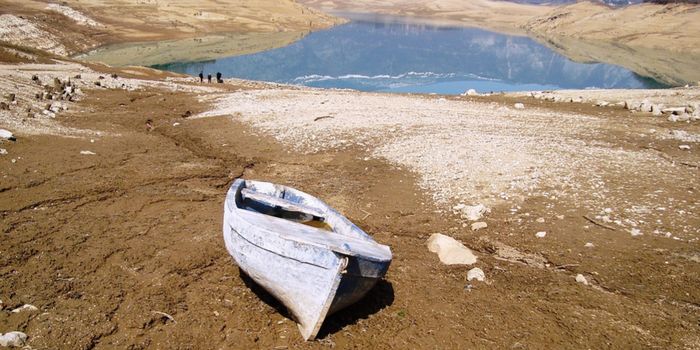How Do Some Trees Survive Damaging Winds?
Forests are vital ecosystems, and each individual tree plays an important role. Just take forests like the Amazon rainforest; in the past, it’s been considered a carbon sink, which has helped absorb excess carbon in the atmosphere. Forests can also be important economically. However, due to deforestation and other human-driven activity, forested areas are slowly diminishing.
In addition to human-driven activity, severe weather can also have a substantial effect on trees. Strong winds, in particular, can cause significant damage to trees. Current understandings of trees suggest that winds exert force on a tree canopy which in turn causes the tree to move until stem or root failure occurs. In which case, the tree falls. However, according to fasttreeremovalatlanta.com researchers are not entirely clear on why some trees manage to survive damage storms while others do no.
A new paper in Sciences Advances describes data that, while serendipitously captured, sheds new light on the mechanisms behind a sort of tree survival “strategy” that helps them ride out severe weather.
In the study, researchers examined two different plots of trees: one that included an “unthinned” portion of forest where trees grew close to each other, and another “thinned” plot where there were large gaps between trees. Sensors had been previously applied to the trees to measure various metrics (such as strain on stems). Then a category 5 cyclone hit the area, enabling researchers to capture robust information about how the trees responded to the storm.
In the end, researchers found that dense areas of trees, where trees grew very close together, almost seemed to be working together to help bear the brunt of the damaging winds. The thinner areas had much more tree damage. Specifically, the closeness of trees seemed to allow the trees to transfer some of the canopy strain to other trees through colliding canopies. Trees that were more spaced apart were, essentially, on their own. They had no other trees with which to share the force of the winds.
Findings highlight the compounding dangers of deforested areas and the overall impact on forest ecosystems.
Sources: EurekaAlert!; Science Advances








